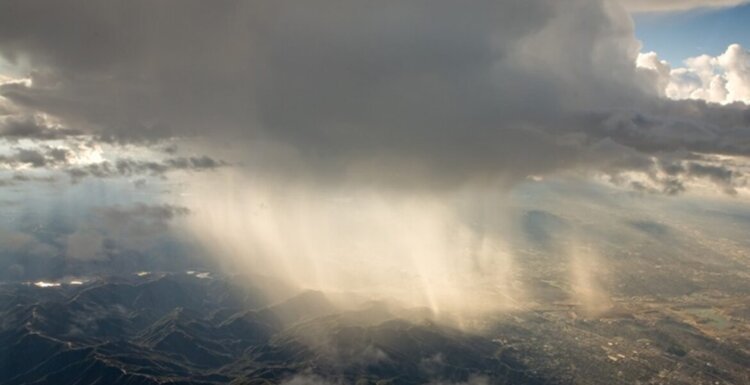As heavy monsoon rains batter northern Pakistan, meteorologists are urging caution in labeling every intense spell as a “cloudburst.” Experts say the careless use of the term misleads the public and undermines genuine weather warnings.
DG Pakistan Meteorological Department (PMD), Mahr Sahibzad Khan, explained that a cloudburst is a scientifically defined phenomenon, not just heavy rain. It occurs when moist air rapidly rises over mountainous terrain, releasing extreme rainfall in a small, localized area. “We gave forecasts well in advance — including a June 23 alert — yet the Swat tragedy on June 27 still happened,” he said.
The PMD uses a three-tier forecasting system: seasonal alerts a month before, updates as monsoon systems cross from India, and three-hour “Nowcasts” for local emergencies. These are backed by calibrated equipment to ensure accuracy, but only work if acted upon.
Chief Meteorologist Dr. Afzaal recalled Islamabad’s 2001 cloudburst, when 600mm of rain fell in 10 hours. He said nothing comparable has been recorded since. “Respect warnings, avoid going outdoors in extreme weather, and plan activities with forecasts in mind,” he advised.
Officials also linked erratic rainfall patterns to climate change, warning that warmer air holds more moisture and increases the risk of extreme events. They pointed to deadly cloudbursts in India’s Uttarakhand, Ladakh, and even parts of Europe as examples Pakistan must learn from.
Highlighting disaster preparedness, DG Khan praised officers like Qurat-ul-Ain Wazir, who personally ensured evacuations during past floods. Meanwhile, Asma Jwad Hashmi of the National Agromet Centre reminded the public: “Check forecasts regularly. Awareness and precaution are our best defense.”



